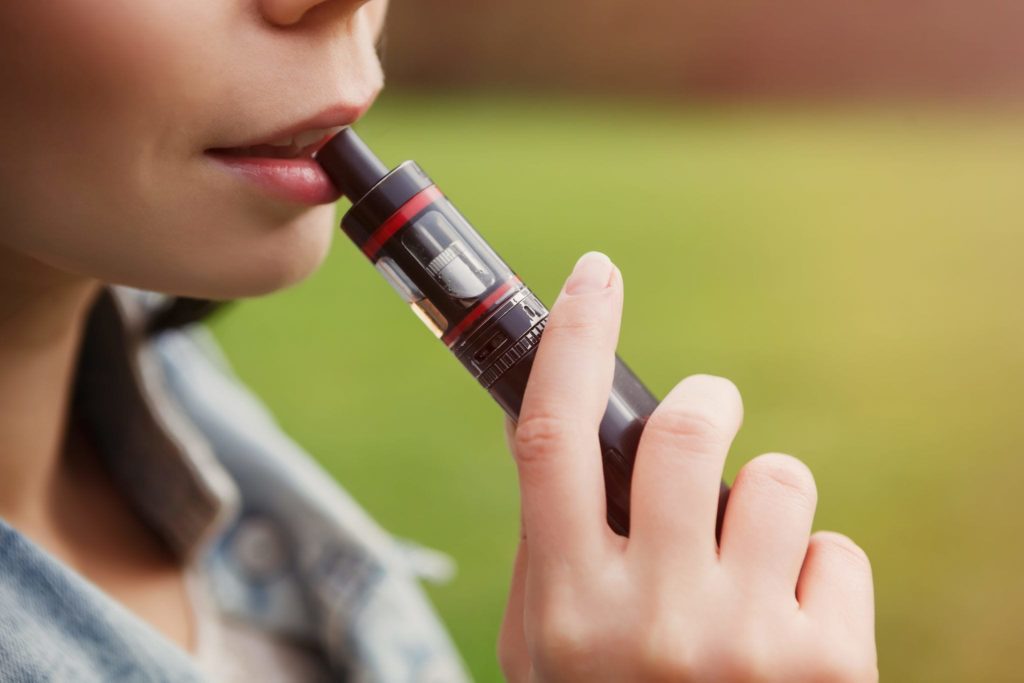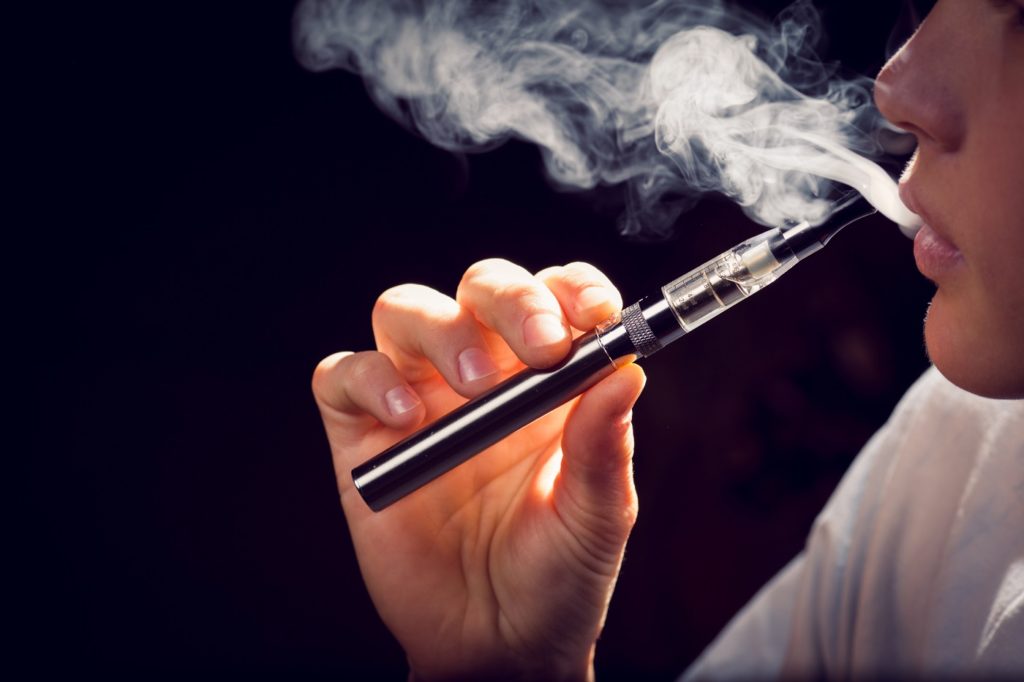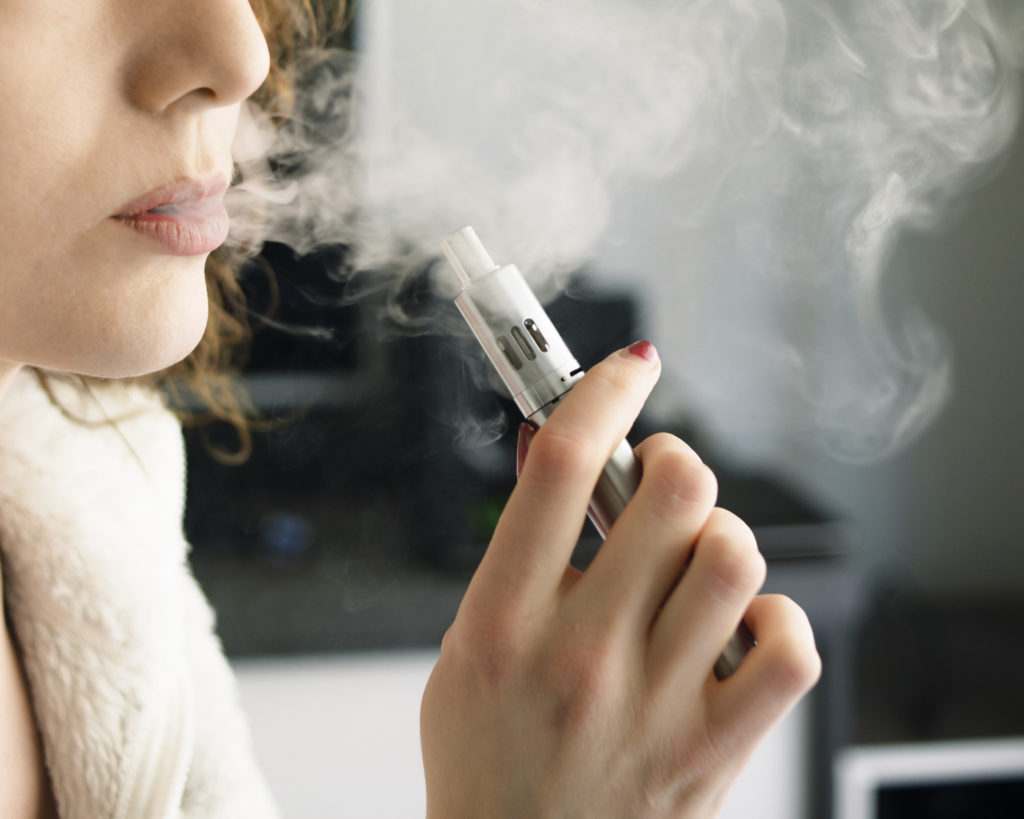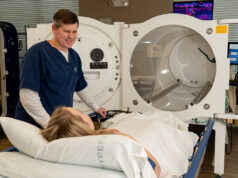
If you’re a non-vaper, you probably look at vaping devices and conclude that using them is basically self-explanatory. You just inhale and exhale the vapor, right? Actually, there are two possible ways to inhale when you vape. You can draw the vapor into your mouth before inhaling it to the lungs, or you can inhale the vapor directly to the lungs. You have to use the right inhaling technique for your vaping equipment if you want to have the best possible experience, and since your vaping equipment and inhaling technique affect everything from the volume of vapor that your device produces to the e-liquid nicotine strength that you should be using, it’s actually a pretty big deal.
So, let’s get down to it. What does your vaping equipment have to do with your inhaling technique, and what’s the right way to inhale when you vape? If you’re about to buy a new vaping device from a company like buyv2cigs.co.uk, how can you tell whether it’s going to be a device that you’ll enjoy? This article will reveal the answers.
The Mouth-to-Lung Inhaling Technique

When you smoke a cigarette, you use the mouth-to-lung inhaling style. For that reason, people who are new to vaping often prefer this inhaling style because it’s the style that feels most like smoking.
Your inhaling style will affect the size of the vapor clouds that your device produces. Mouth-to-lung inhaling produces smaller vapor clouds, and the smaller your vapor clouds are, the higher the nicotine strength of your e-liquid should be. Mouth-to-lung inhaling works best with nicotine strengths higher than 6 mg. The smallest vaping devices on the market are typically used in conjunction with nicotine strengths up to 50 mg.
Why You Might Prefer Mouth-to-Lung Inhaling
If you’re new to vaping, the top reason why you should buy a device designed for mouth-to-lung inhaling is because mouth-to-lung inhaling is the way to experience the same satisfying throat hit that you get when you smoke a cigarette. Throat hit is the sensation that you feel when nicotine passes through the throat, and for many people who switch to vaping, throat hit is the thing that keeps them feeling satisfied and prevents the urge to smoke.
The direct-to-lung inhaling style, on the other hand, is the preferred inhaling style for those who use low-nicotine e-liquids. Those e-liquids produce little to no throat hit.

What Vaping Devices Are Best for Mouth-to-Lung Inhaling?
You can tell that you have a vaping device designed for mouth-to-lung inhaling if the device is around the same size as a tobacco cigarette or if the device’s mouthpiece is similar in size to a cigarette filter. Most pod-based e-cigarettes are designed for mouth-to-lung inhaling, so if a device stores its e-liquid in a removable translucent plastic pod, it’s almost definitely a mouth-to-lung device. Many small vape pens are also mouth-to-lung devices.
When you browse the shelves at your local vape shop, you’re likely to see many box mods and other large vaping devices that come with their own tanks. Most of those devices are designed for direct-to-lung inhaling, so they’re generally not ideal for those who are new to vaping. It is possible, however, to buy a vape tank designed for mouth-to-lung inhaling and connect it to a box mod or other large vaping device.
The Direct-to-Lung Inhaling Technique

While those who are new to vaping generally prefer the mouth-to-lung inhaling style, those who have been vaping for a long time often prefer to inhale the vapor directly to their lungs instead. We’ll discuss why in a moment. It’s important to understand, though, that many brick-and-mortar vape shops cater almost exclusively to experienced vapers. Most of the devices stocked at vape shops are designed for direct-to-lung inhaling. Knowing how to identify those devices can help to ensure that you’re buying the right vaping system for your needs.
Why You Might Prefer Direct-to-Lung Inhaling
When you inhale vapor directly into your lungs, you’re not restricted by the capacity of your mouth and can enjoy much better cloud production as a result. Some people use the direct-to-lung inhaling technique specifically for that reason; they love blowing huge clouds across a room.

The primary reason why many people switch to direct lung hits after they’ve been vaping for a while, though, is because they’ve been vaping long enough that they no longer crave tobacco cigarettes like they did in the past. If you no longer need to experience a strong throat hit to keep your cravings for cigarettes at bay, you might decide that you’d prefer a vaping experience that emphasizes flavor instead of throat hit. That’s what you’ll get with the direct-to-lung inhaling style.
The most popular e-liquid nicotine strength for direct-to-lung inhaling is 3 mg, and with that nicotine strength, you’ll get virtually no throat hit. You’ll still absorb plenty of nicotine, though, because a tank designed for direct-to-lung inhaling can produce enormous clouds. The bigger your clouds are, the more e-liquid you use – and when you’re using several milliliters of e-liquid per day, the fact that the e-liquid only contains 3 mg of nicotine per ml doesn’t matter.

What Vaping Devices Are Best for Direct-to-Lung Inhaling?
If a vaping device is large and colorful and includes its own glass tank, it’s probably designed for the direct-to-lung inhaling style. Virtually every tank-based vaping device that you’ll find on the shelves at brick-and-mortar vape shops falls into this category. While glass tanks for mouth-to-lung inhaling do exist, those tanks are specialty products that tend to appeal to a narrower audience.
Aside from the fact that direct-to-lung vaping devices usually include glass tanks and have colorful designs, the other way to identify a direct-to-lung device is by looking at the mouthpiece. If the mouthpiece is wider than a cigarette filter, it’s a direct-to-lung device. That’s because a tank made for direct lung hits needs to have very free and open airflow characteristics to facilitate the production of large vapor clouds.














